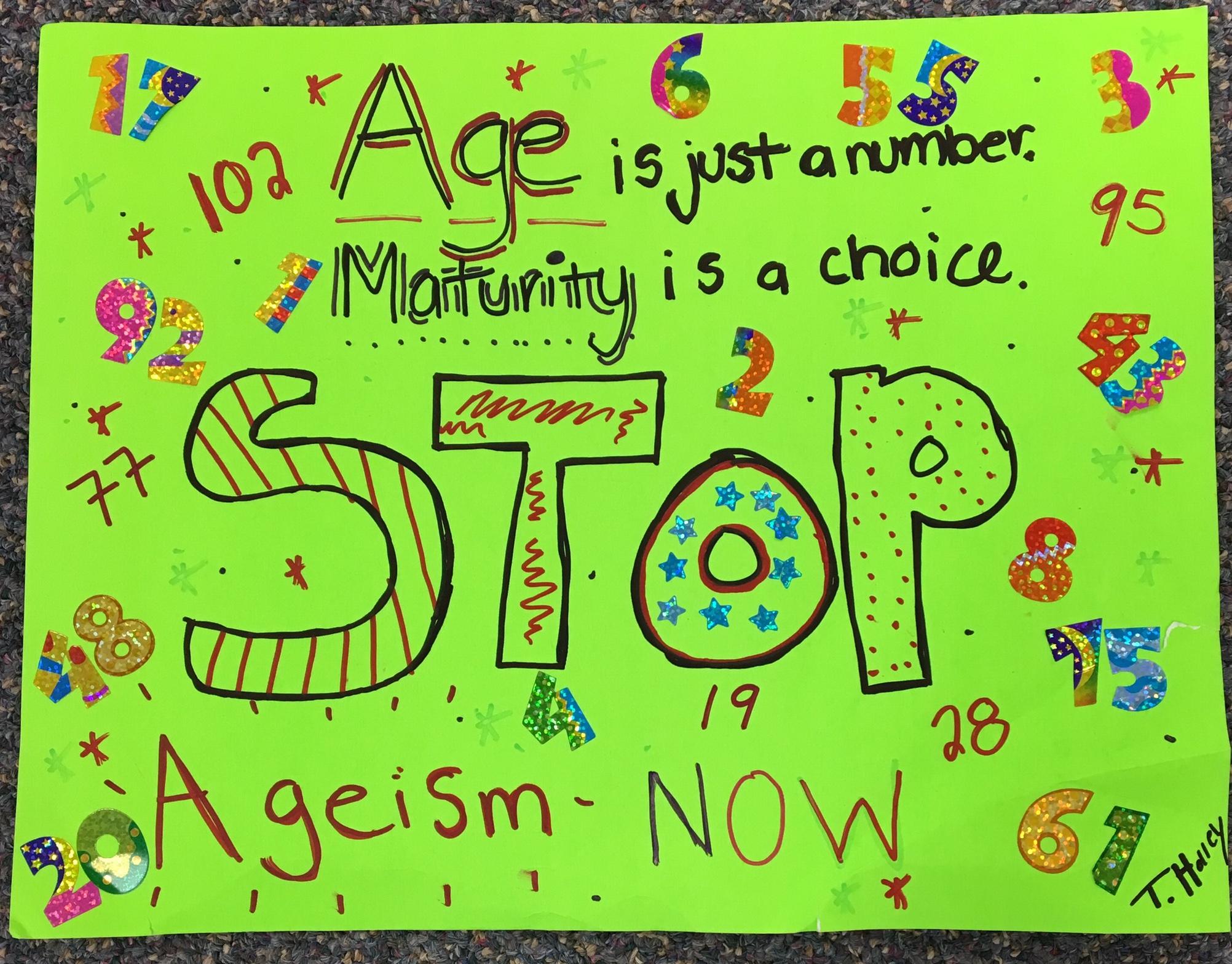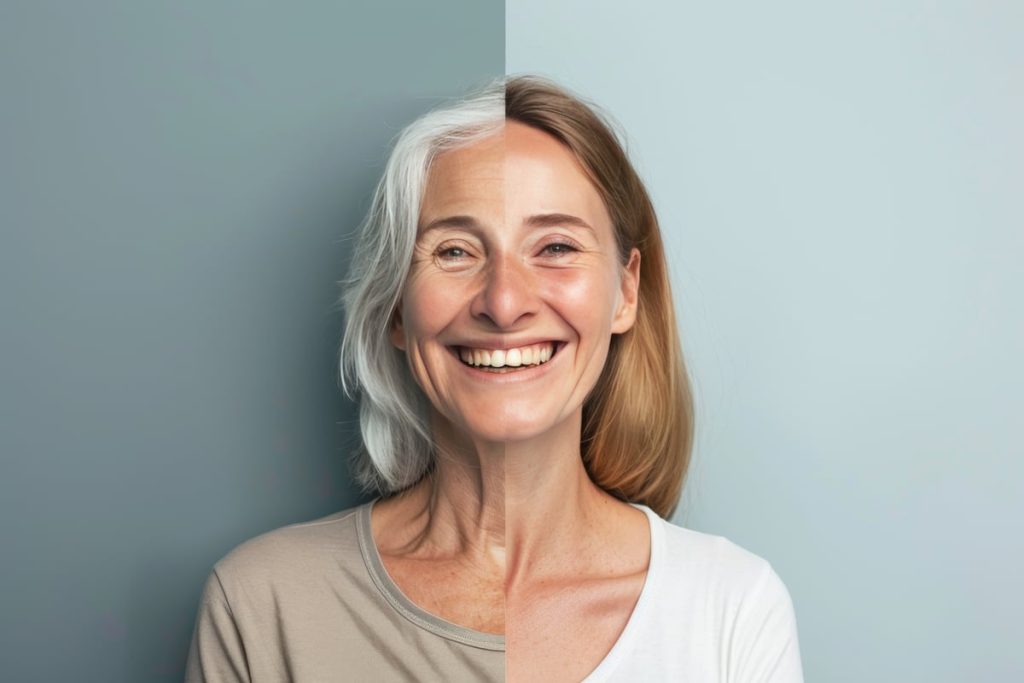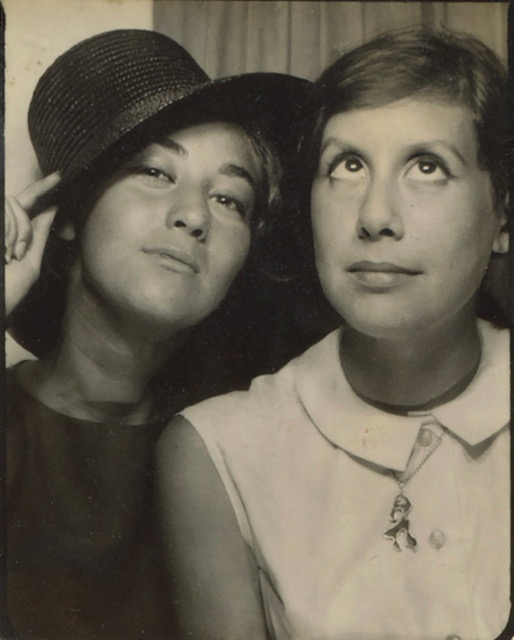When the last parent died in 2017, I visualized their canoes heading over an immense waterfall. My partner’s and my canoes fell next in line. Gulp. Yet this scenario sure beats the alternative: outliving the younger people we love.
Is it this inexorable succession—one generation naturally replacing the next—that gives purchase to the notion that ageism is less problematic than other forms of prejudice? Many people seem to agree that while racism and sexism are inherently wrong, it’s acceptable for olders to be ushered offstage, whether or not they go willingly. Many factors—age segregation, the anti-aging industrial complex, the cultural narrative that to age is to fail—feed that idea.
In fact, there is nothing acceptable about anyone being segregated or silenced against their wishes. The wrong lies in giving any kind of discrimination a pass.
Here, explained and rebutted, are some of the arguments people use to excuse age bias.
Straw man #1: Prejudice is hardwired.
Neither the fundamental cycle of life nor our evolutionary history supports one of the most common justifications for bias in general and age bias in particular: being prejudiced is a part of being human.
We know that homo sapiens evolved with a proclivity to divide people into “us” and “them,” behavior that conferred survival benefits by making it easier and quicker to choose whom to trust.
But we no longer live in isolated tribes; “us” and “them” commingle all over the world. Prejudice is ignorant, and we now have far more information at our disposal than our hominid ancestors did. We also no longer die young, and in a world of longer lives, a bias against our future selves makes even less sense (not that any prejudice is rational). Are only the reproductively active of value in an information society? Are we still hostage to these ancient biases?
I don’t buy it, and science backs me up. “The assumption that groups are competitive, that it’s built on our evolution as a social species—it’s just not true,” says sociologist Marilynn Brewer. The current scientific understanding is that humans are hardwired to make distinctions on the basis of physical appearance but not to act in any particular, given way because of it.
Prejudice (the tendency to make rapid, us-vs–them distinctions) is less controllable than discrimination (behaving in ways that foster or reinforce those distinctions). In other words, we all see race—no one is “colorblind” and to pretend otherwise is to be blind to racism and privilege—but we can respond by thinking and acting in antiracist ways. We can choose to become aware of our biases instead of letting them unconsciously drive actions that harm the less privileged. And we need to work to unlearn those biases, because being “woke” is not enough.
Straw man #2: Age segregation is natural.
These days, with the exception of family gatherings and large public events, it’s rare for the generations to mix socially. It wasn’t always like that. Well into the 19th century, many Americans didn’t celebrate birthdays or even know their birth year!
Only during the Industrial Revolution did age become important. Age-specific institutions like orphanages and old age homes arose; age began to determine when people could work, drink, smoke and have sex; and people began to socialize mostly with age peers. Segregation begets discrimination: ageism reared its head alongside age consciousness.
I used to say that ageism subverted the “natural order of things” by fostering age segregation. I don’t any more, thanks in part to an astute comment on my blog: “It is wrong to infer that anything in the past is automatically the ‘natural order of things,’” the person wrote, because the phrase prioritizes returning to the familiar over adapting to the new.
There is no going back. A world of longer lives requires supporting people across the lifespan. We get there by acknowledging that aging is natural and ageism is not. We get there by exposing the reactionary voices that seek to persuade us otherwise. An ageist and sexist world finds older women’s bodies repulsive; an anti-Semitic one is repelled by Jews; an ableist one wants the differently abled out of sight; a white supremacist world finds people of color unworthy of equal access to power and resources.
Those values are socially constructed. In other words, we make them up, and we can unmake them and embrace different ones.
What does “natural” mean, anyhow? People with severe disabilities used to die young. Not that long ago it was considered “unnatural” for people to be physically attracted to the same sex, or for privileged women to work outside the home. Culture change is slow: interracial marriage was banned in California until 1948. These struggles are ongoing; abhorrence of “race-mixing” and the threat of “white extinction” fuel currently resurgent white supremacy. But none of these stigmas are “natural” and none of them are fixed.
Ageism persists for the same reason as other forms of oppression: not because it’s human nature but because it sustains existing power relations. Younger people feeling alienated from olders and apprehensive at becoming like us is not “natural” or appropriate or inevitable. It is the result of social forces—ageism, sexism and capitalism.
To be continued in “There’s No Excuse for Ageism,” Part 2.



